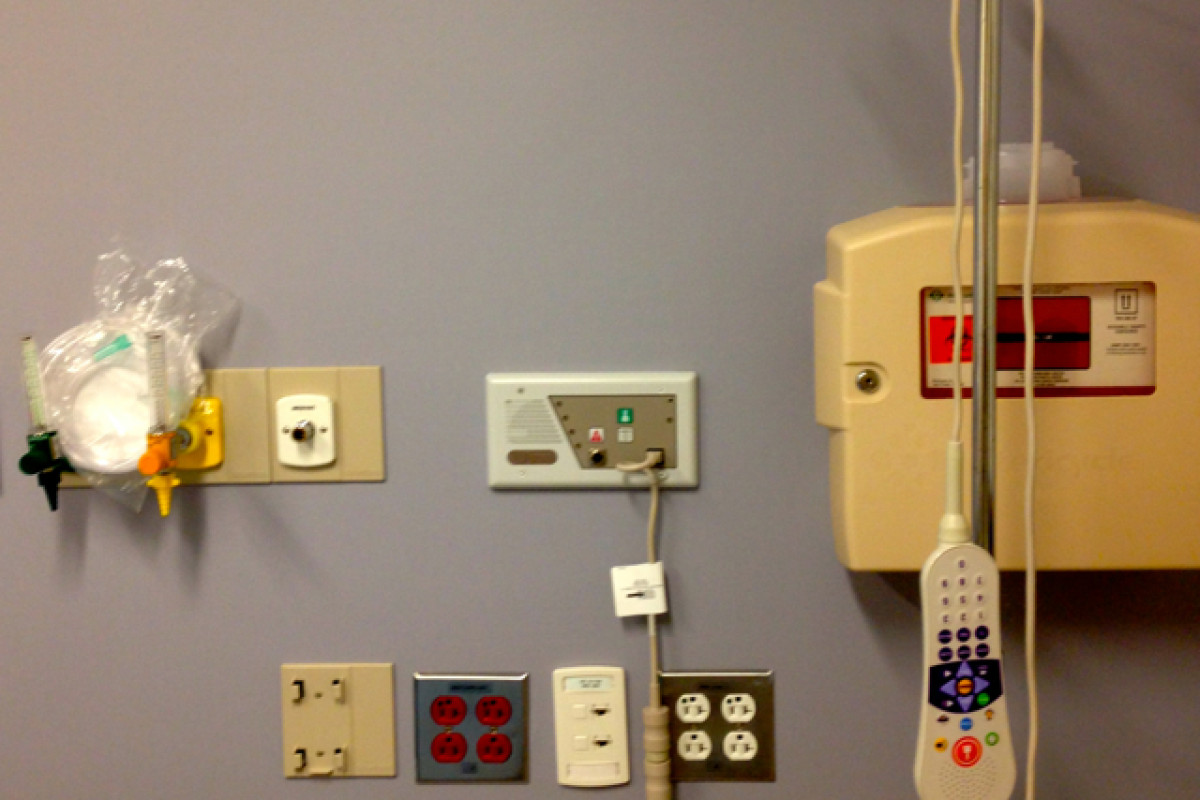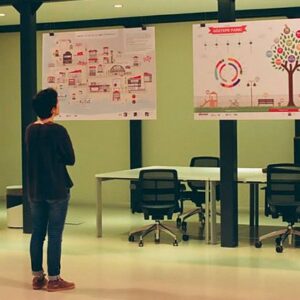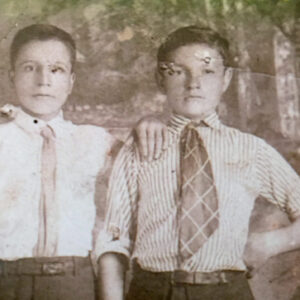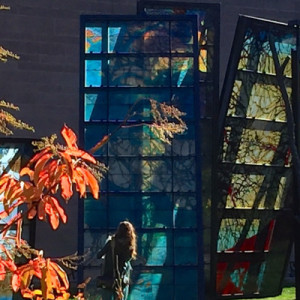Empathy puts users first
My husband recently underwent surgery in a world-class university hospital. Its motto, “we put patients first,” was plastered on nearly every wall, elevator and large screen monitor. And the medical care itself was excellent — a world renowned surgeon, and extraordinary doctors and nurses. During his five-day hospital stay, I had ample opportunities to see for myself how important it is to put empathy first when designing solutions for routine to complex patient problems.
I have written a lot about design thinking, providing lots of examples of design thinking in action. It’s common sense plus creativity. When you understand what the user actually wants or needs, you can design systems and processes that really work.
And hospitals are moving in that direction. Design thinking has generated lots of new solutions, ranging from the choice of wall color for a hospital room to the timing of routine nursing care.
Now my husband is not one to complain, but after 5 days in the hospital, he articulated nearly a dozen observations about the patient challenges he faced daily. My favorite was the dilemma of calling for assistance while lying in one position in a hospital bed confined by wires.
And then there’s the patient call button. This sits at the end of a flexible beige wire that comes out of the wall. So far so good, except when you’re lying in your bed you are virtually surrounded by flexible beige wires coming out of the wall, the floor, and God knows where else (any of which may or may not be attached to you at various times). Pulse monitor, IVs, heart pacing wires, blood pressure gauges, you name it. And if you take your eye off that call button for one minute, to change position, go to the bathroom, sit in the chair, or whatever, it’s gone – either somewhere in the labyrinth that is your bedclothes, or on the floor, or in some other dimension where these things must go to hang out and shoot pool. And by the way, if it’s on the floor it might as well be on Mars because you physically aren’t going to be able to retrieve it. This puts you in a classic Catch-22, since without the call button how do you get anyone to come in and find the call button for you? Fortunately there are enough people coming in and out of the room, at least during the day, that you can usually get some help finding it before too long – until the next time you lose it again. Options like having a channel on the bedrail to attach it to (or even having it built in to the bedrail?), and/or just coloring the wire purple or red so you can distinguish it, seem not to have occurred to anyone.Note to husband and frustrated patients everywhere: problem solved. Doctors, nurses and hospital administrators have added a new member to the health care team: design thinkers. Actually asking patients, “how might we improve the usefulness of the patient call button,” has helped hospitals redesign the patient experience by making call buttons more easily accessible through new shapes, colors and functions. Some hospitals have integrated the call button into a type of patient multimedia experience. The call button is part of a type of master device that allows the patient to access the internet, turn lights on and off, monitor pain, and call the nurse.
Note to husband and frustrated patients everywhere: problem solved. Doctors, nurses and hospital administrators have added a new member to the health care team: design thinkers. Actually asking patients, “how might we improve the usefulness of the patient call button,” has helped hospitals redesign the patient experience by making call buttons more easily accessible through new shapes, colors and functions. Some hospitals have integrated the call button into a type of patient multimedia experience. The call button is part of a type of master device that allows the patient to access the internet, turn lights on and off, monitor pain, and call the nurse.
The device is a routine component of new hospital rooms and can replace the old call button that all too often blends in to the bedsheets. Yes, the device works better. But it has also revealed a perhaps more important problem. Patients may indeed find and use the call button, but it often takes a long time for overworked nurses and aides to respond to the call. Design thinkers are working on that problem as well. Some solutions include connecting the call button to a central operator who can text the request to the most appropriate hospital worker who can handle the request. That means nurses can respond to calls requiring immediate medical attention and hospital aides along with other workers can respond to routine requests such as additional pillows.
Technology can address many issues faced in daily hospital care but technology divorced from the needs of the patient will be useless. The best solutions flow from empathy with the primary users of hospital services: patients.













No Comments Yet!
You can be first to comment this post!